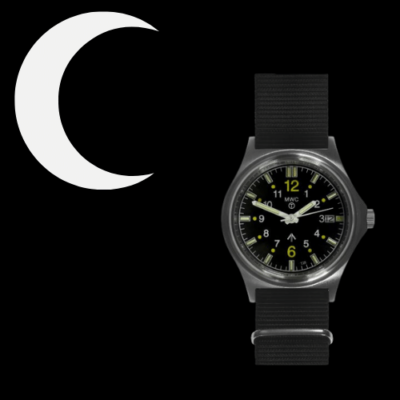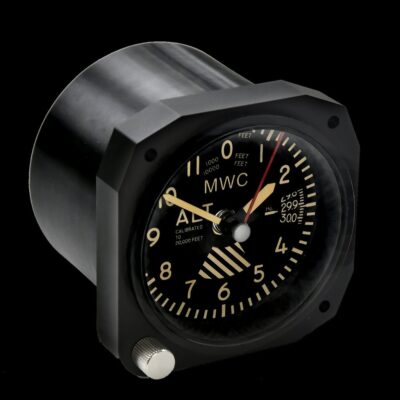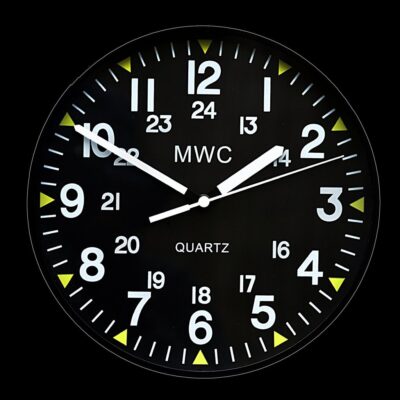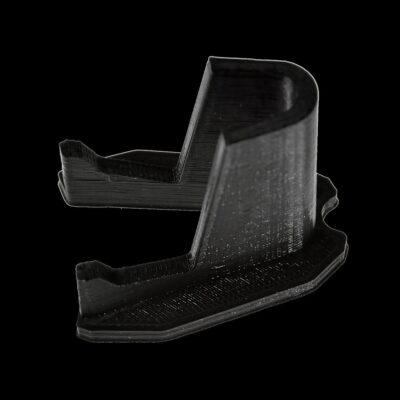News
Built to Counter Chinese Stealth Fighters: Urgently Needed AIM-260 Missile Finally Moves Towards Production
The AIM-260 air-to-air missiles intended to equip frontline fifth and ‘4+ generation’ fighter aircraft in the U.S. Armed Forces has for the first time seen the Navy and Air Force publicly seek funds to support production and procurement. Under the services’ request for funding for Fiscal Year 2026, the Air Force is seeking $368.593 million for the missile, and the Navy $301.858 million. The need for the missile has grown increasingly urgent as Chinese frontline fighter units have benefitted from a growing advantage in their capabilities of their air-to-air missiles, with increasingly capable variants of the PL-15 having been introduced since 2014, while the new PL-16 has provided significant further capability improvements. The PL-15 was one of the first air-to-air missiles to use an AESA radar for guidance, providing both greater resistance to jamming an a superior lock on capability against low observable targets, such as F-35 stealth fighters, while boasting an estimated range of well over 200 kilometres. It is currently widely considered by analysts in both the West and in East Asia to be unmatched by any missile class in the American inventory.

Development of the AIM-260 was initiated in 2017 specifically as a response to the service entry of the PL-15. A further factor in the decision is thought to have been the Chinese People’s Liberation Army Air Force’s receipt of its first J-20 fifth generation fighters in late 2016, and the J-20’s entry into service in February 2017, which when paired with the PL-15 provided very real prospect of leaving top American fighter units outmatched. Concerns regarding the standing of American air power relative to that of China have increased very significantly since then, with factors including the rate of modernisation of the J-20 and its totally unrivalled procurement scale by China’s air force, and China’s development and procurement of a wide range of advanced supporting assets such as KJ-500A airborne early warning and control systems (AEW&Cs). These concerns were tremendously exacerbated by China’s unveiling of two new sixth generation fighters in December 2024 already at flight prototype stages.

The AIM-260 was initially intended to enter service around 2022, with multiple delays thought to have pushed this back by at least four to five years to 2026-2027. Although progress towards development remained uncertain, requests for funding for serial production and procurements indicate that the program has already approached or reached an end to development testing. Much regarding the testing process remains unknown, although it was confirmed in late 2021 that the Air Force had begun using its large reserves of retired F-16 fighters as aerial targets for this purpose. While little is known regarding the missile’s capabilities, leading uncertainties also include its cost, the scale on which it will be produced, and whether it will be permitted for export.
It has been widely speculated that the AIM-260 will be far too costly to fully replace the AIM-120 in service, and that production of the AIM-120C for export and the AIM-120D for domestic use will continue in parallel to AIM-260 production. AIM-260 missiles are expected to be strongly prioritised for deployments to the Pacific, where Chinese combat aviation units are almost exclusively concentrated. In the Air Force, it is expected that the missile will also be prioritised to equip the F-47 sixth generation fighter which will likely enter service in the mid-2030s. Growing uncertainty regarding the Navy’s own F/A-XX sixth generation fighter program could lead the service to instead increase financing for AIM-260 procurements to equip its older F-35C fifth generation fighters.












